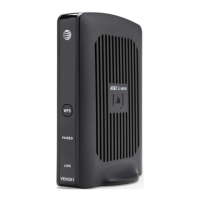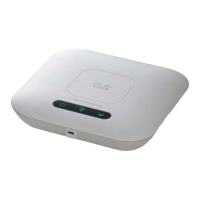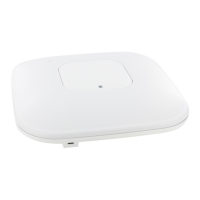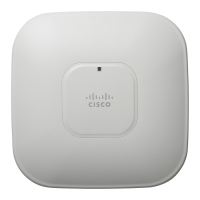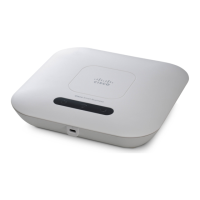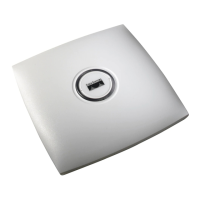Chapter 2 Web-Based User Interface
4 Your device selects the optimum Control Channel for Wireless-N(5GHz)
networking by default. If you want to configure the Control Channel manually,
select another setting form the drop-down menu.
5 Use the following guidelines to configure the remaining fields:
Note: This list below varies based on the code version on your device. If you
have a question about any field, please contact your service provider.
Extension Channel: If you selected 40MHz Channel for the Bandwidth
setting, then this setting will be available for your primary Wireless-N
(5GHz) channel. If you are not sure which channel to select, keep the default
setting of Upper/Lower.
Bandwidth: You can select the channel bandwidth manually for Wireless-N
connections. When it is set to 20MHz, only the 20MHz channel is used. When
it is set to 40MHz, Wireless-N connections will use the 40MHz channel.
Max Associations Limit: Enter the maximum number of wireless clients that
can be connected at a time. The acceptable range is 1 through 128.
Fragmentation Threshold: Enter a the maximum packet byte size to allow.
Packets that exceed this value will be subdivided. This value specifies the
maximum size for a packet before data is fragmented into multiple packets. If
you experience a high packet error rate, you may slightly increase the
Fragmentation Threshold. Setting the Fragmentation Threshold too low may
result in poor network performance. Only minor reduction of the default
value is recommended. In most cases, it should remain at its default value of
2346.The acceptable range is 256 through 2346.
RTS Threshold: Enter the maximum bytes allowed for the Request to Send
(RTS) Threshold to define how often RTS packets will be sent. Should you
encounter inconsistent data flow, only minor reduction of the default, 2346, is
recommended. If a network packet is smaller than the preset RTS threshold
size, the RTS/CTS mechanism will not be enabled. The device sends Request
to Send (RTS) frames to a particular receiving station and negotiates the
sending of a data frame. After receiving an RTS, the wireless station responds
with a Clear to Send (CTS) frame to acknowledge the right to begin
transmission. The RTS Threshold value should remain at its default value of
2346.The acceptable range is 256 through 2346.
DTIM Interval: Enter a value between 1 and 255 to set the interval of the
Delivery Traffic Indication Message (DTIM). A DTIM field is a countdown
field informing clients of the next window for listening to broadcast and
multicast messages. When the device has buffered broadcast or multicast
messages for associated clients, it sends the next DTIM with a DTIM Interval
value. Its clients hear the beacons and awaken to receive the broadcast and
multicast messages. The default value is 1.
Beacon Interval: Enter a value between 1 and 65,535 milliseconds to set the
frequency of the beacon interval for the device. A beacon is a packet
broadcast by the device to synchronize the wireless network(s). The default
value is 100.

